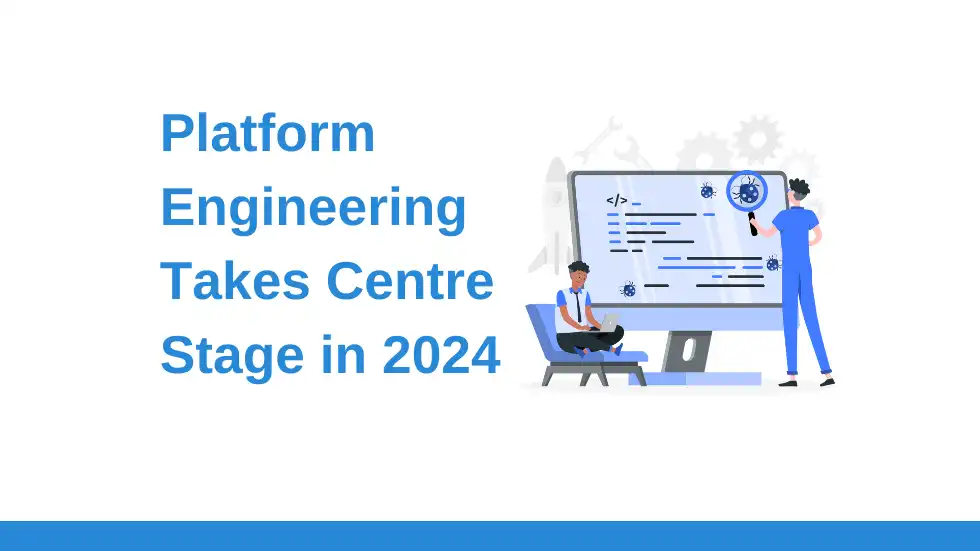In the dynamic realm of software development, the horizon of 2024 unfolds a critical trend: platform engineering. Gartner predicts that by 2026, a significant 80% of large software engineering organizations will institute platform engineering teams, serving as internal providers of reusable services. As enterprises pursue agility, efficiency, and the well-being of developers, the prominence of platform engineering is set to redefine the landscape of software construction and delivery.
Moreover, an overwhelming 85% of engineers have attested to the acceptance and utilization of IDP (Integrated Development Platforms) in the year 2024.
What is Platform Engineering?
Platform engineering is the practice of building and maintaining internal platforms that empower developers to build and deploy applications faster and more efficiently. These platforms go beyond just infrastructure; they provide self-service tools, APIs, and services that abstract away the complexity of underlying systems, allowing developers to focus on what they do best – writing code.
Why is Platform Engineering Gaining Traction?
Several factors are driving the rise of platform engineering:
· Increased complexity of software systems: Modern software is often a tangled web of microservices, APIs, and cloud infrastructure. Platform engineering provides a layer of abstraction that simplifies this complexity for developers.
· Need for faster development and deployment: In today’s competitive landscape, speed is crucial. Platform engineering enables faster development cycles and shorter time to market through self-service tools and automation.
· Focus on developer experience: Happy developers are productive developers. Platform engineering prioritizes developer experience by creating a smooth and efficient development environment.
· Shift to cloud-native architectures: Cloud-native technologies are becoming the norm, and platform engineering is well-suited to this paradigm. Cloud-native platforms offer scalability, flexibility, and agility, making them ideal for modern software development.
The Platform Engineering Landscape in 2024:
In 2024, we can expect to see several key trends in platform engineering:
· Rise of internal developer platforms (IDPs): IDPs will become the central hub for developers, providing access to all the tools and services they need to build and deploy applications.
· Focus on observability and monitoring: Platform engineers will need to ensure that their platforms are observable and monitored, so they can quickly identify and resolve issues.
· Increased adoption of automation: Automation will play a critical role in scaling platforms and ensuring consistency.
· Integration with AI and machine learning: AI and ML will be used to automate tasks, optimize performance, and improve developer productivity.
· Growth of the platform engineering community: As the demand for platform engineers grows, so will the community around this practice. We can expect to see more conferences, meetups, and online resources dedicated to platform engineering.
Is Platform Engineering Right for Your Organization?
If your organization is struggling with the complexity of your software systems, slow development cycles, or frustrated developers, then platform engineering may be the answer. However, it’s important to carefully consider your needs and resources before embarking on this journey.
Conclusion
Platform engineering is not just a fad; it’s a fundamental shift in how we build software. In 2024, we can expect to see platform engineering take centre stage, transforming organizations into agile and efficient software development machines. So, buckle up and get ready for the platform engineering revolution!
